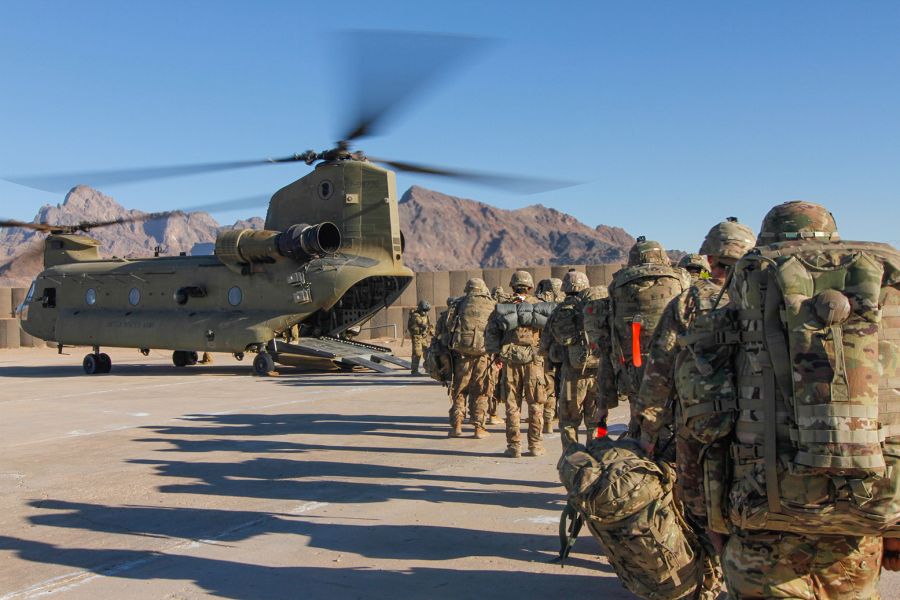Longest War in U.S. History Expected to End on 20th Anniversary of 9/11 Attacks
April 27, 2021
President Joe Biden announced last week that all U.S. forces will be withdrawn from Afghanistan on September 11, the twentieth anniversary of the 9/11 attacks that left nearly 3,000 Americans dead and drew the nation into the war.
U.S. involvement in Afghanistan began on September 18, 2001, one week after the terrorist attacks, when President George W. Bush signed a joint resolution which authorized the use of force against those responsible for the attacks. Even though fifteen of the nineteen terrorists were from Saudi Arabia and zero were from Afghanistan, President Bush decided to attack Afghanistan, which was the base for the terrorist group Al-Qaeda and its leader, Osama bin Laden.
A few weeks later, on October 7, the U.S. began Operation Enduring Freedom, a series of bombing strikes against Al-Qaeda and Taliban forces in Afghanistan, with the intent to destroy the terrorist group and remove the Taliban from power.
On November 13, 2001, ground forces of the anti-Taliban Afghan Northern Alliance, assisted by U.S. airstrikes, captured Kabul, the capital of Afghanistan. Though their strength is decreasing, Taliban forces continue to clash with America and its allies. The continued fighting led the U.S. to increase its number of forces, culminating in Operation Anaconda, the first major ground assault of the war, in March of 2002.
In April of 2002, President Bush called for the reconstruction of Afghanistan, in hopes of creating a democratic state. Bush hoped to create a plan similar to the Marshall Plan, the post-World War II scheme of Secretary of State George C. Marshall, whose reconstruction plan for Western Europe provided billions of dollars in relief. However, Bush’s idea ultimately failed, and America’s continued presence in Afghanistan cost the American public trillions of dollars in tax dollars.
A major victory for U.S. morale occurred in early May of 2011. On May 2, Navy Seals killed Osama bin Laden in a compound near Abbottabad, Pakistan. The infamous photograph by journalist Pete Souza shows President Barack Obama, then-Vice President Joe Biden, and Secretary of State Hillary Clinton, among others, seated in the White House Situation Room, intensely watching the monitor as the order was being carried out.
On December 28, 2014, the U.S. and NATO both ended their combat missions in Afghanistan. Four days later, on January 1, 2015, the U.S. began Operation Freedom’s Sentinel, whose two objectives were (1) to target terrorist groups, including al-Qeada and ISIS, and (2) to build up Afghan security forces.
During the last decade, U.S. casualties have decreased dramatically. In total, over 2,300 Americans have been killed and over 20,000 wounded.
The Afghanistan War will no doubt leave an indelible mark on American history. In 2019, the Washington Post received documents stating that top U.S. government officials purposely misled the public about the war in order to hide uncertainties about the probability that the US could be successful. This example corresponds directly to the Pentagon Papers in 1971, which explained the doubts of American involvement in the Vietnam War, which defined the entire Baby Boom generation and led to the wide mistrust of the U.S. government.


